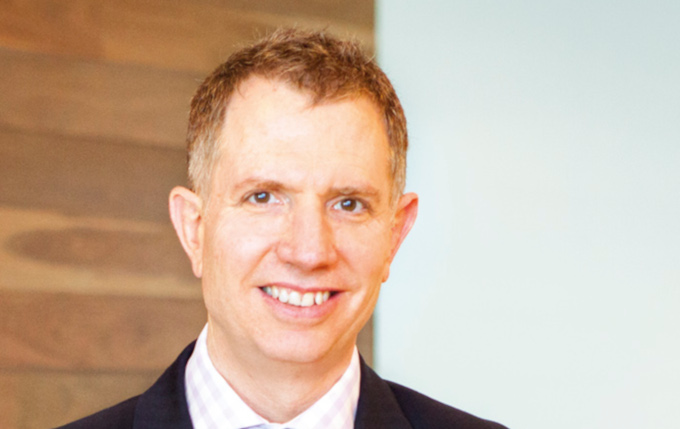In this interview, [i3] Insights speaks with Ian Patrick, Chief Investment Officer of Australian Retirement Trust, about the implications of the recent merger for the fund’s investments and the way it constructs portfolios going forward.
Register to Access this Exclusive [i3] Insights Article
Create a free account to access exclusive interviews with asset owners, revealing insights on investment strategies, market trends, and portfolio allocations.
If you already have an account you can Login .
If you have any issues registering an account please send us an email at [email protected].

